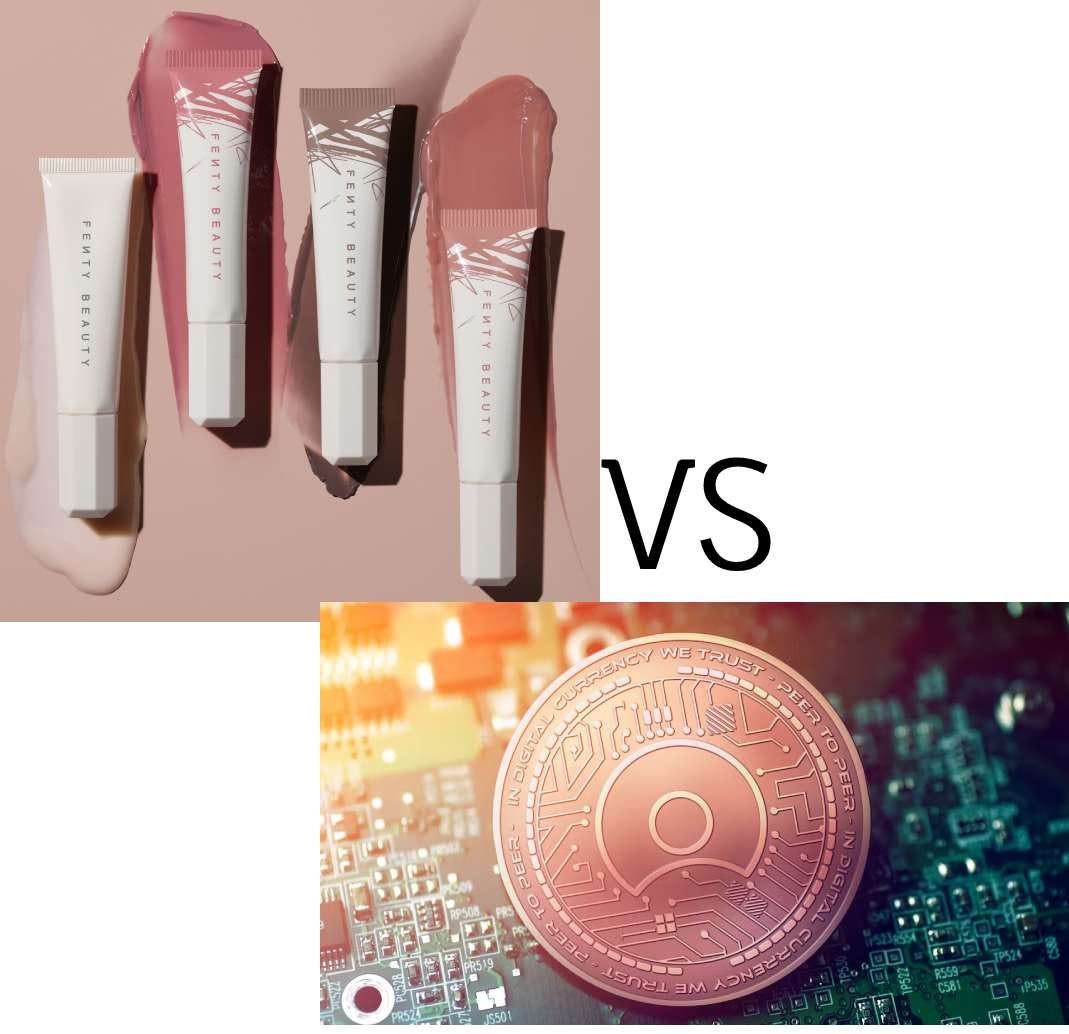Co-Loyalty - my obsession with the future of Sephora VIB (and all loyalty programs) continues
I want Sephora VIB to be worth as much to me as I am to it
Co-Loyalty and the Future of Brand-Consumer Relationships
One of the biggest opportunities in Web3 marketing is the chance to redefine loyalty marketing. “Loyalty programs" conjure a specific image: a program designed to stimulate desired customers’ behaviors and collect their data to better segment and target them and ultimately extract value via sales. For this, consumers are given points, status tiers, the gamification fun of earn & burn mechanics, discounts, etc.
I’ve written about my desire for Sephora VIB move to the blockchain in the past, but it’s only recently I’ve really been able to spell out the value in this evolution of loyalty. While I do love getting a fun little gift at check out, giving me the dopamine hit necessary to wash over the inequitable value exchange, I’m often reminded of it when the gift arrives. Because, as we all know, it’s not often very best stuff that we’re getting as a free gift, we’re still being shilled. It’s not like it’s a travel set of Olaplex or a Fenty lip balm. That would be a fair trade for my consumer data, IMO.
Fenty Lip Balm vs Blockchain
Instead of giving out Fenty lip balm, you could use the blockchain. Different benefits, more value, less fear that you’ll offend people with your unflattering color choice. This is where we enter the land of CO-LOYALTY.
Creating ways to meaningfully reward consumers for supportive behaviors with tokens is one of the best marketing use cases of the blockchain. But many people in Web3 are uncomfortable with the term loyalty marketing. In some ways, loyalty sounds a little passé because it implies a one-way street, of the consumer being loyal to the brand. In this new, on-chain future, what brands and consumers will engage in is co-loyalty, as both parties will accrue real value.
In a traditional loyalty program, the brand gains
Customer data
Higher customer lifetime value
Higher retention of customers
That much remains true in a Web3 iteration.
But for the consumer, who used to gain
Collectability
Differentiated pricing
An addition to their identity, e.g., I see myself as a top-tier frequent flier, VIB rouge
In a web3 loyalty program, the consumer can now gain
A feeling of ownership, and potentially actual “ownership”
Transferable value
Collectability
Differentiated pricing
An addition to their identity - in web3 this has a portability/identity aspect enhanced by its public/on-chain nature. Your wallet will show that you’re a “frequent flier”
(sometimes but not necessarily) Community
These additions are what allow for co-loyalty, where the balance of power has been righted. The consumer is still giving their loyalty (and their data!!) to the company, but the company is giving real, transferable value back in exchange.
This value is made possible by the functionality of the NFT- which simultaneously acts as:
A membership - Unlocking exclusive rewards, access to experiences, and differentiated pricing based on tiers. Given the technician functionality of tokens, this should lead to innovative and seamless processes to give consumers access to the benefits they’ve achieved. (See an interesting essay by @Doc Tom here on If This Then That Attribution and Tokens)
A stake. Each loyalty program will run differently, but as an immutable, public store of value, tokens can function more like ownership than mere membership. This may be similar to equity ownership, which is (hopefully) transferable and likely affords status, possibly influence over decisions. Lastly, there is potential financial gain, with a chance to sell tokens on the secondary market if a user acquires more status/tokens/etc. then is of value to them.
Unique digital art. Many trend-forward consumer brands are partnering with artists to bring their tokens to life with commissioned art that reflects their brand ethos. Subsequently, members can buy into the visuals that express and enhance their digital identities. Profile pics and wallets as blockchain identities are poised to change how we think of online representation. By associating publicly with a brand’s token art, the consumer is further aligning their identity with that of the brand, whether in their wallet or on a third-party connected platform, like social media or Spotify, which is now experimenting with tokens.
Most in traditional loyalty marketing would argue that their programs do promote two-way value creation, but particularly given the value of data, this balance has been in the company’s favor.
By creating a transferable asset, closer to an equity stake than not, consumers have a fiscal upside they never had before. You might see this as payment for the sale of their customer data. There’s a flywheel in that mentality that drives the consumer to be more loyal in the hopes that the value increases and that commitment to the loyalty program, in turn, drives value.
This equity idea is good for the consumer, but it’s also loyalty “feelings” on steroids. It’s more than your identity; you’re an “owner” (loosely) and likely to behave in positive ways for the brand because of that.
Co-loyalty holds brands accountable for the value of their efforts, as consumers can make it very clear on the secondary market how much they think the benefits and access are worth. This revolution in loyalty will give brands new clarity to create programs that customers love while invigorating their appreciation of their favorite brands. And prevent anyone with straight, dry hair from getting stuck with a sample size of conditioner for curly, damaged hair. Quelle horreur.



